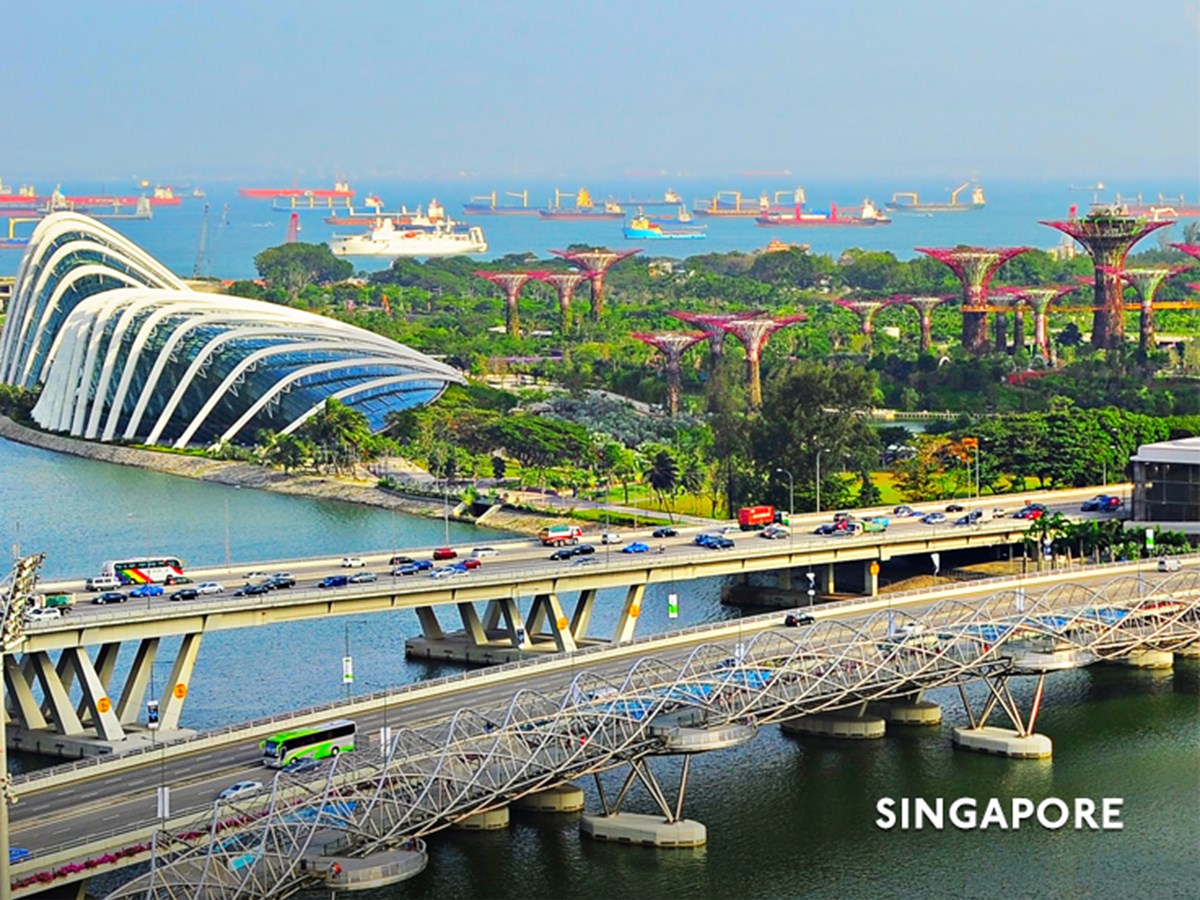
Singapore High Court considers test for reversal of burden of proof in patent infringement

In Millennium Pharmaceuticals, Inc & Anor v Zyfas Medical Co (sued as a firm) [2023] SGHC 360 (“Millennium”), the General Division of the Singapore High Court held that the defendant had not infringed two patents of the plaintiffs. The court considered, among others, the applicability of section 68 of the Patents Act 1994 which provides for the reversal of the burden of proof in patent infringement proceedings if certain conditions are met.
Brief background
The proceedings concerned the manufacture of bortezomib which is a drug used for the treatment of multiple myeloma and mantle cell lymphoma. The plaintiffs owned two patents which claimed processes for the manufacture of bortezomib and asserted that the defendant had infringed the patents by manufacturing bortezomib using the patented processes.
In the course of making its case on patent infringement, the plaintiffs argued that section 68 applied, such that the burden of proving that the defendant’s manufacture of bortezomib was not made by the patented process should be reversed onto the defendant.
The test of section 68
The general position under Singapore law as to the burden of proof in patent infringement is that it is on the plaintiff to show that the defendant has infringed a patent. Section 68 however allows a reversal of this burden of proof should certain conditions be fulfilled. The relevant provision as set out in section 68(1) reads as follows:
“In any proceedings for the infringement of a patent, where the subject-matter of the patent is a process for obtaining a new product, the burden of proving that a product is not made by the process is on the alleged infringer if the product is new or a substantial likelihood exists that the product is made by the process and the proprietor of the patent has been unable through reasonable efforts to determine the process actually used.”
The court held that section 68 comprised of two limbs:
- First limb: If the patent concerns a new product, then the burden of proving that the product is not made by the process will be on the alleged infringer; and
- Second limb: If the patent does not concern a new product, then the plaintiff must show that (i) a substantial likelihood exists that the product is made by the process (“Substantial Likelihood Requirement”); and (ii) the proprietor of the patent had been unable through reasonable efforts to determine the process actually used (“Reasonable Efforts Requirement”).
Taking guidance from an earlier High Court decision of Merck & Co Inc v Pharmaforte Singapore Pte Ltd [1999] 3 SLR(R) 1072, the court held that “new product” in section 68(1) includes anything not known in the state of the art, including improvements. As bortezomib was known in the state of the art, the court viewed the present proceedings as one that fell within the second limb, hence requiring the fulfilment of (i) and (ii) above.
The court held that the plaintiffs were unable to fulfil the Substantial Likelihood Requirement because they could not show that there was a substantial likelihood that the infringing product was made using the patented process. Following extensive expert testimony and consideration of various manufacturing processes, the court held that the specifications obtained from the defendant’s process could be achieved using standard scientific techniques, and did not require the process which was specifically taught in the plaintiffs’ patents.
The court also held that the Reasonable Efforts Requirement was not fulfilled as no reasonable efforts were made by the plaintiffs to ascertain if the infringing product was made using a patented process. The plaintiffs had the opportunity to conduct a site visit of the defendant’s factory in India in July 2019 and then in April 2021 but they refused both offers. The court held that the plaintiffs’ refusal on both counts meant that no reasonable efforts were ultimately expended to determine the process used by the defendant.
Practical implications
The case of Millennium elucidates the evidentiary bar that exists in the application of section 68. Patent proprietors should be mindful of the evidentiary threshold required to fulfil the Substantial Likelihood Requirement of the second limb and take note of the court’s willingness to evaluate the scientific evidence to assess whether the requirement is met.
It should also be noted that a key factor in the court deciding that the plaintiffs had not fulfilled the Reasonable Efforts Requirement was that the plaintiffs refused multiple opportunities to conduct a site visit at the defendant’s factory despite having been invited to do so. Patent proprietors should take heed that the burden of satisfying the Reasonable Efforts Requirement is upon the patent proprietor and that the path of reasonableness taken by the patent proprietor involves a highly fact-specific assessment which will be closely scrutinised by the court.
Reference materials
The judgment is available on the Singapore Courts website www.judiciary.gov.sg.

